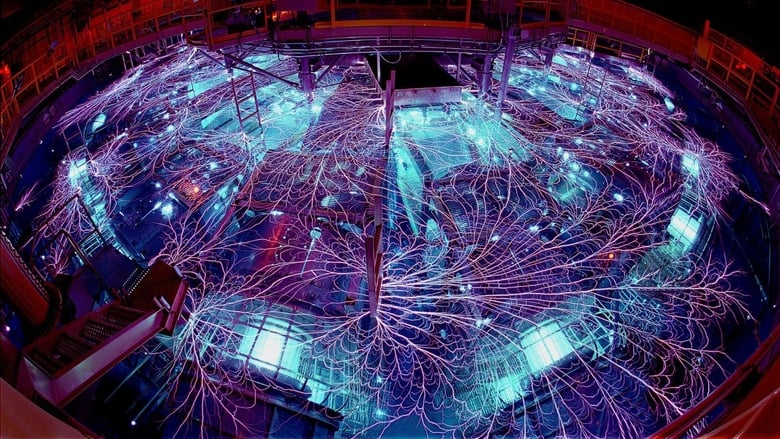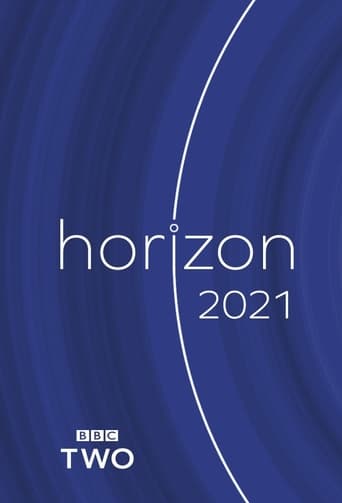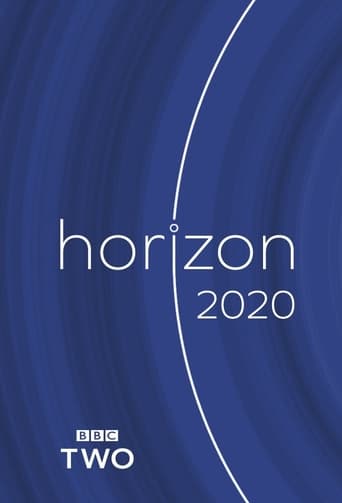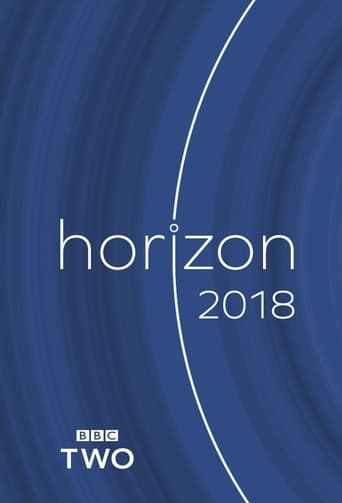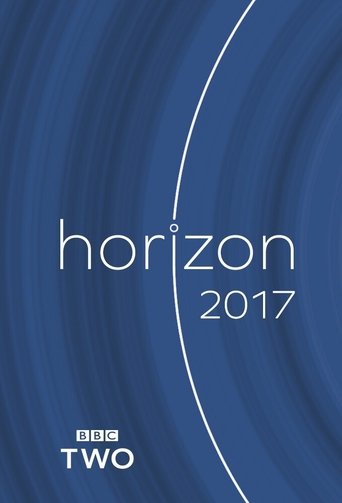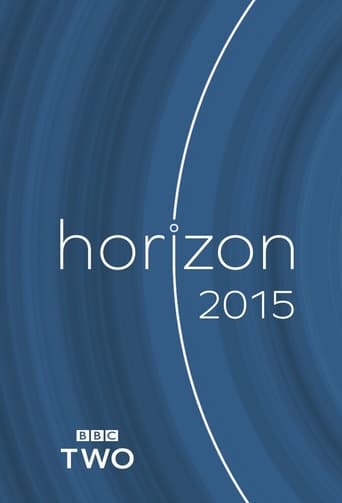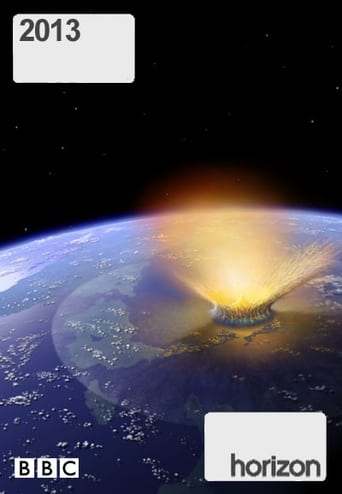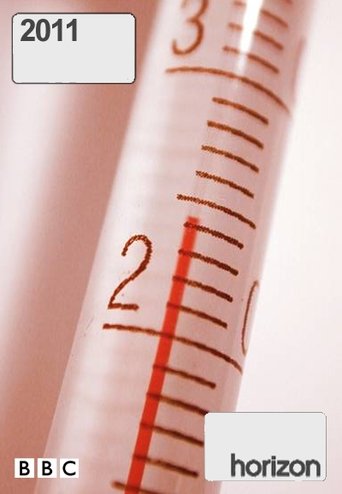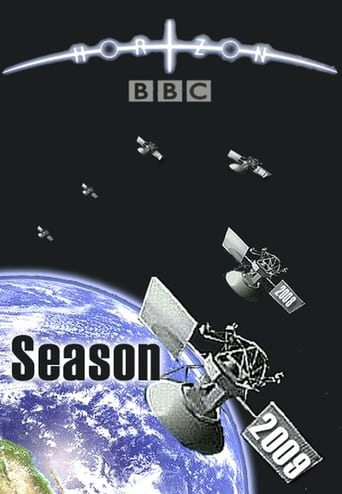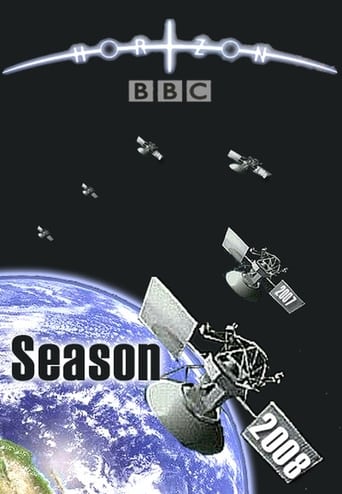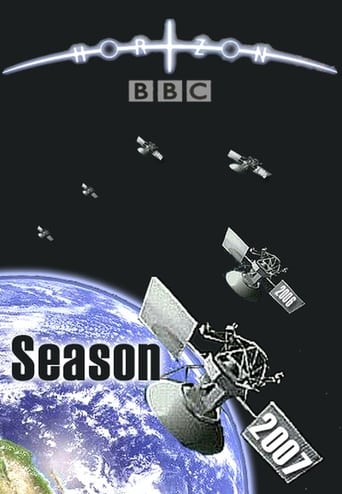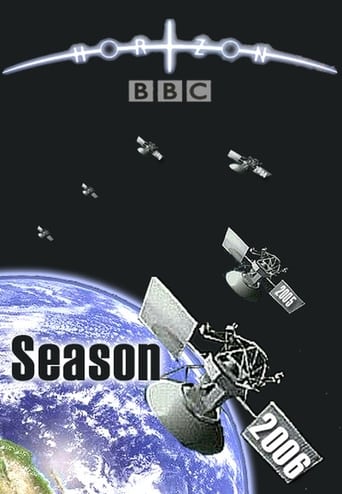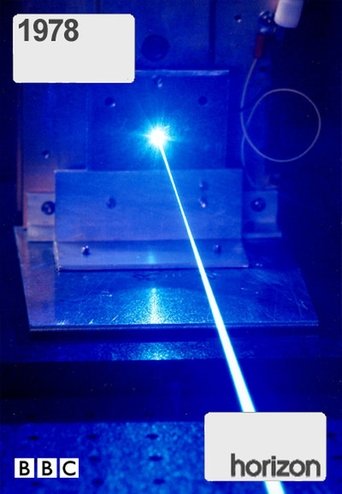
Trailer
Synopsis
Horizon tells amazing science stories, unravels mysteries and reveals worlds you've never seen before.
Episode 11 : Cloning the First Human
October. 25,2001
Doctors Panayiotis Zavos and Severino Antinori claim they are ready to embark on the greatest human experiment of our age. They say they will attempt to clone a human being before the year is out. Most people think the objections to this are ethical - human cloning would create many moral dilemmas.
There is another question that few ever ask: is the science actually ready yet for cloning healthy humans? Horizon follows the latest research, which has led many scientists to believe that Zavos and Antinori's plans to clone the first human could end in tragedy. The programme also meets couples like Matthew and Desiree Racquer who think cloning offers them the only way to raise a child who is truly their own.
For decades, cloning remained within the realms of science fiction. The idea that instead of combining a sperm and an egg, a new human could be made from a single cell taken from an adult, seemed completely absurd. But that all changed in February 1997, when the Roslin Institute introduced the world to Dolly the sheep - the first animal cloned from an adult. Ever since Dolly, scientists have been continuing to experiment with cloning animals. So far, they have succeeded in cloning sheep, cattle, pigs, goats and mice, fuelling the belief that humans could be next.
But even Dolly's creator, Professor Ian Wilmut, is concerned that beneath the veneer of success lies a disturbing reality. Most cloning attempts on animals so far have resulted in failed implantation or abnormal foetuses. Of the animals born alive, some soon die of catastrophic organ failure. Others appear to be healthy for weeks or even months, then die suddenly, sometimes from bizarre new illnesses which do not occur in nature.
Years of painstaking work are only now revealing some vital clues to what is going wrong. Horizon talks to the scientists who have uncovered new evidence, suggesting that the process of cloning itself causes subtle errors in the way genes function. These random errors may be like a time bomb inside every clone, causing some of the strange - often fatal - problems. There's no reason to think cloned human babies would fare any better. According to embryologist Dr Susan Avery, death might be the best outcome for many human clones. If they survived, they would suffer from catastrophic illnesses that modern medicine is powerless to prevent or cure.
Dr Zavos claims that these problems are the result of the still unsophisticated methods being used by animal researchers. Using advanced in vitro fertilisation ('test tube baby') techniques, he claims that he will strive to make human cloning safer than natural reproduction. Now though, it seems that some IVF procedures themselves are being investigated for possible harmful effects on the long term health of children. Professor Gerald Schatten of the University of Pittsburgh reveals evidence of these risks, which could be magnified in cloning.
Most reproductive specialists believe that the danger to any human born by cloning is enormous. But the would-be human cloners are determined to clone a human baby. If they proceed, they may be courting tragedy.
Episode 10 : The Death Star
October. 18,2001
Out in deepest space lurks a force of almost unimaginable power. Explosions of extraordinary violence, are blasting through the Universe every day. If one ever struck our Solar System it would destroy our Sun and all the planets.
For years no one could work out what was causing these awesome explosions. Now scientists think they have identified the culprit. It's the most extreme object ever found in the Universe; they have christened it a 'hypernova'.
Episode 9 : Life Blood
October. 11,2001
Matthew Farrow was born with a rare and fatal blood disease, Fanconi's anaemia. His family and doctors thought he was going to die. Instead, aged just five, he became the first person in the world to be given a radical new treatment that few believed would work. It saved his life.
The treatment was remarkably simple. A small quantity of blood taken from a newborn baby's umbilical cord and placenta was infused into him. Thanks to this cord blood, Matthew Farrow is now a healthy teenager and the treatment he helped to pioneer is giving hope to hundreds of critically ill children around the world.
Cord blood contains a large number of blood stem cells, the mysterious factory cells that make all the red and white blood cells our body needs. Stem cells can rebuild a sick child's blood system in just a few weeks, by producing healthy new blood cells.
Until Matthew's case, babies' umbilical cords and placentas were just thrown away at birth. Established medical thought said the only source of blood stem cells was the bone marrow and the only treatment for children with advanced blood cancers was a bone marrow transplant. One in three affected children cannot find a suitable bone marrow donor, and there was a desperate need for an alternative.
The first doctors to suggest cord blood as an answer were dismissed as dreamers.
But pioneering work over the last twenty years, mainly in America, has shown that the tiny quantity of blood contained in a newborn's umbilical cord and placenta is rich in the crucial stem cells. It is now being used to help to treat a broad range of blood cancers and serious genetic blood diseases.
However, even its advocates admit that cord blood is no miracle cure. Cord blood is a significant medical breakthrough, but it cannot save everyone who is treated with it.
This powerful and moving film follows patients and their doctors as they go through this arduous new treatment. Not all patients survive the transplant. However, for some patients this treatment is a lifeline when there is no option of a bone marrow transplant. Since 1990, over a thousand lives have been saved by this new treatment.
Episode 8 : The Ape that Took Over the World
October. 04,2001
In 2001, scientists announced an amazing discovery: the oldest skull of a human ancestor ever found. The 3 million year old fossil was remarkably complete, and unlike any previous fossil find. Its discovery - by a team led by Meave Leakey of the famous Leakey fossil-hunting family - has revolutionised our understanding of how humans evolved.
The great mystery of our evolution is how an ape could have evolved into the extraordinary creature that is a human being. There has never been another animal like us on the planet. And yet ten million years ago there was no sign that humans would take over the world. Instead the Earth was dominated by the apes. More than 50 different species of ape roamed the world - ten million years ago Earth really was the planet of the apes. Three million years later, most had vanished. In their place came something clearly related to the apes, but also completely different: human beings!
For years scientists searched for the first key characteristic which had allowed us to make the huge leap from ape to amazing human. At first they thought the development of our big brains was decisive. They even found the fossil that seemed to prove it, until along came the famous three million year old fossilised skeleton Lucy. This quashed the big brain theory, because here was a human ancestor which clearly walked on two legs, just as we do, but had the tiny brain of an ape. It seemed that the development of walking on two legs (bipedalism) was the first key human characteristic, the thing that set us on the road to becoming human.
Lucy soon became even more important. She seemed to defy the laws of evolution. Normally a major evolutionary adaptation like walking on two legs is followed by what scientists call an adaptive radiation. Many related species quickly evolve from an initial evolutionary innovation. It gives a very bushy evolutionary family tree, with many different but related species. Scientists knew that the human branch of the family tree had begun about six or seven million years ago, when the planet of the apes ended. And yet there was no sign of an adaptive radiation. The family tree showed just a straight line leading from the planet of the apes through to Lucy.
All that has changed with Meave Leakey's spectacular new discovery, named Kenyanthropus platyops or, less formally, Flat-faced Man. Her find is the same age as Lucy's species, but also completely different. It's proof that there were two different bipedal human ancestors living at the same time, more than three million years ago. And it's the first sign of the adaptive radiation that the theory of evolution says should have followed the planet of the apes.
Episode 7 : The Mystery of the Persian Mummy
September. 20,2001
In November 2000, the international press reported an amazing find: a mummy, which was claimed to be that of an ancient Persian princess, over 2,600 years old. She was encased in a carved stone coffin, inside a wooden sarcophagus and was wearing an exquisite golden crown and mask.
Her cloth-bound body was dressed with golden artefacts, with an inscription on her breastplate that read, "I am the daughter of the great King Xerxes, I am Rhodugune." All the internal organs had been taken out of her body, in the same way that the ancient Egyptians mummified their dead. It was the find of a lifetime, one of the most magnificent ancient treasures ever to be unearthed in the area.
When the curator from the Karachi National Museum, Dr Asma Ibrahim, began her investigations into the mummy, a different story began to emerge. Horizon follows the story as forensic experts all over the globe analyse the mummy and her magnificent trappings and discover that she is an elaborate fake with a terrible secret.
The mummy was found in a house in the desert region of Pakistan during a police raid, after a tip-off that it was to be illegally sold on the antiquities black market for $20m, and smuggled out of Pakistan. The Persian princess was immediately hailed as a major archaeological discovery. In fact, no Persian mummy had ever been found before, let alone a royal mummy. Mummification to preserve bodies had always been thought to be unique to the ancient Egyptians.
However, there were some strange puzzles about this beautiful princess. The inscriptions on the mummy's breastplate had some grammatical errors. And there were peculiarities in the way she had been mummified. Several detailed operations common to Egyptian mummifications had been omitted. So it began to look like the mummy was not the princess she was supposed to be; perhaps she was a more ordinary ancient mummy dressed up to be a Persian princess by forgers trying to increase her value.
As scientists investigated more closely, it became clear that this mummy had an even darker history. Computerised tomography (CT) scans and X-ray photographs of the body inside the mummy revealed that this was no ancient corpse but a woman who had died in the recent past, and that her neck was broken. An autopsy confirmed that this woman may indeed have been murdered to provide a body for the fakers to mummify - a body they intended to pass off as an ancient mummy for millions of dollars on the international art black market. And, finally there is evidence to suggest that they have done this not once but three times, raising the spectre of a mummy factory and the terrifying thought of yet more victims.
Episode 6 : Taming the Problem Child
March. 06,2001
Two disruptive children are followed through a controversial treatment regime.
Episode 5 : Snowball Earth
February. 22,2001
The controversial theory that for millions of years the Earth was plunged into catastrophe - entirely smothered in ice up to one kilometre thick.
Episode 4 : Ecstasy and Agony
February. 15,2001
Tim Lawrence was an all-action stuntman until hit by Parkinson's Disease. Horizon follows his hopes of a more normal lifestyle using Ecstasy - a class A illegal drug.
Episode 3 : Killer Algae
February. 08,2001
A tropical seaweed that escaped from an aquarium is endangering sea life in the Mediterranean and has gone on to infect the California coast.
Episode 2 : The Missing Link
February. 01,2001
A trail from Greenland to Britain via Latvia offers new evidence into how evolution could have seen aquatic life form legs and walk.
Episode 1 : The Mystery of the Miami Circle
January. 25,2001
Builders in Miami, Florida unearth a ring of holes. The State then pays $27million to preserve either a Native American village or remnants of a 1950s sewerage system.
Seasons
Similar titles
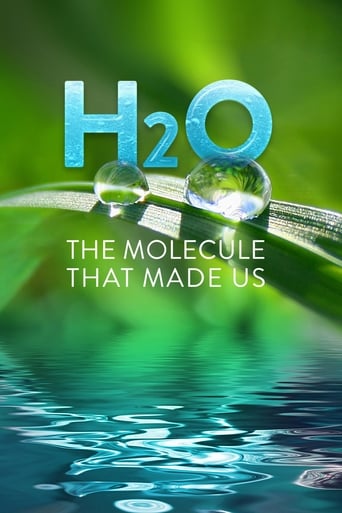
H2O: The Molecule that Made Us
A landmark, three-part series that tells the human story through our relationship to water. We find out how our success is intimately connected to our control of the molecule, but that the growth of our civilizations has also created a dangerous dependence on a precious resource. One that may be about to run out.

Prime Video
American Experience
TV's most-watched history series brings to life the compelling stories from our past that inform our understanding of the world today.
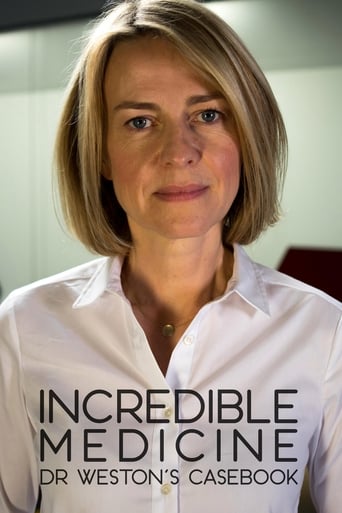
Incredible Medicine: Dr Weston's Casebook
Surgeon Gabriel Weston introduces us to people from across the globe with the world's most unique bodies.
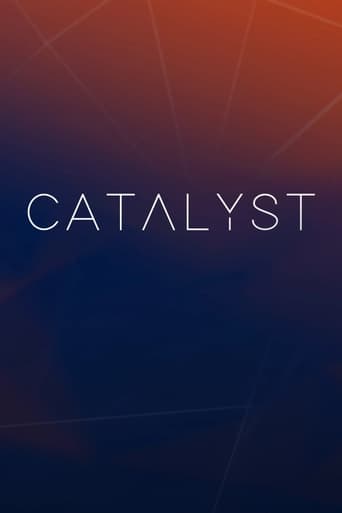
Catalyst
Catalyst is Australia's premier science investigation series. Each week the team brings you stories from Australia and around the world, meeting scientists at the forefront of discovery.
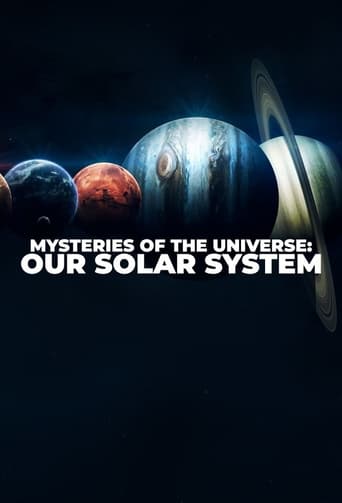
Mysteries of the Universe: Our Solar System
See the ultimate guide to the Solar System from the dedicated people who sent spacecraft to explore the sun and the planets, and witness their astonishing tales of discovery as they reveal wonders never seen before.
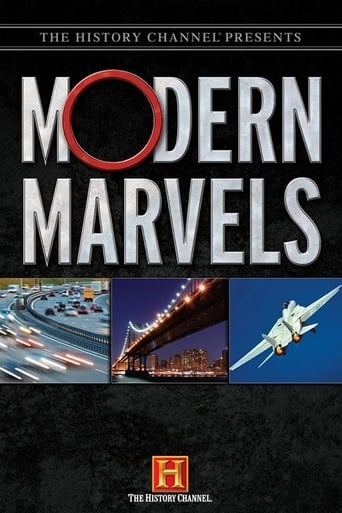
HISTORY Vault
Modern Marvels
HISTORY’s longest-running series moves to H2. Modern Marvels celebrates the ingenuity, invention and imagination found in the world around us. From commonplace items like ink and coffee to architectural masterpieces and engineering disasters, the hit series goes beyond the basics to provide insight and history into things we wonder about and that impact our lives. This series tells fascinating stories of the doers, the dreamers and sometime-schemers that create everyday items, technological breakthroughs and manmade wonders. The hit series goes deep to explore the leading edge of human inspiration and ambition.
Related

Max
South Park
Follows the misadventures of four irreverent grade-schoolers in the quiet, dysfunctional town of South Park, Colorado.

Prime Video
Mr. Robot
A contemporary and culturally resonant drama about a young programmer, Elliot, who suffers from a debilitating anti-social disorder and decides that he can only connect to people by hacking them. He wields his skills as a weapon to protect the people that he cares about. Elliot will find himself in the intersection between a cybersecurity firm he works for and the underworld organizations that are recruiting him to bring down corporate America.
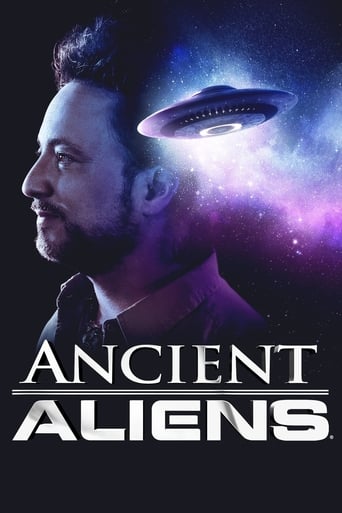
HULU
Ancient Aliens
Did intelligent beings from outer space visit Earth thousands of years ago? From the age of the dinosaurs to ancient Egypt, from early cave drawings to continued mass sightings in the US, each episode gives historic depth to the questions, speculations, provocative controversies, first-hand accounts and grounded theories surrounding this age old debate.
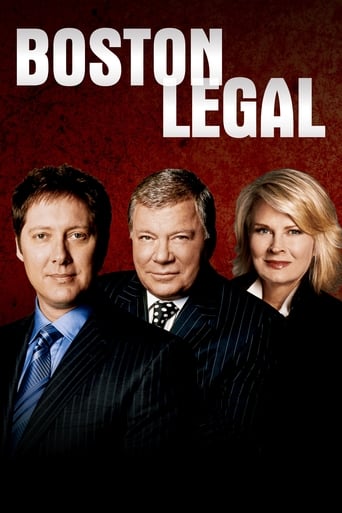
Prime Video
Boston Legal
Alan Shore and Denny Crane lead a brigade of high-priced civil litigators in an upscale Boston law firm in a series focusing on the professional and personal lives of brilliant but often emotionally challenged attorneys. A spin-off of long-running series The Practice.
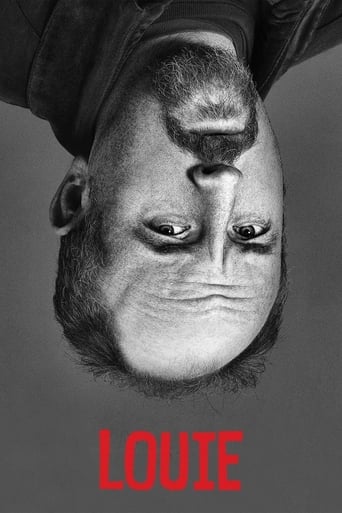
Louie
Louis C.K. stars as a fictionalized version of himself; a comedian and newly divorced father raising his two daughters in New York City.
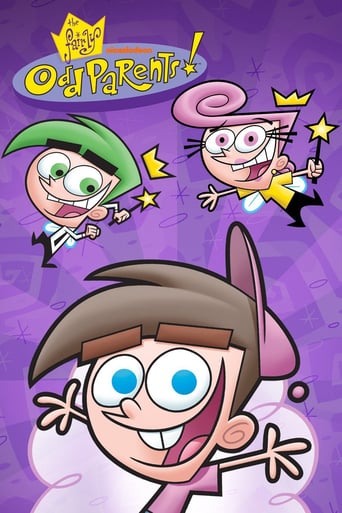
Paramount+
The Fairly OddParents
The zany, fast-paced adventures of a 10-year-old boy and his fairy godparents, who inadvertently create havoc as they grant wishes for their pint-sized charge.
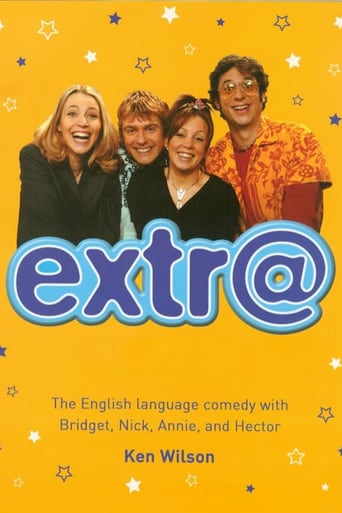
extr@
extr@ is a language education television series scripted in the format of a Friends-esque sitcom which was in production from 2002 to 2004, and is mainly marketed to the instructional television market for middle school and high school language classes. Four versions were made, each in a different language; English, French, German, and Spanish.
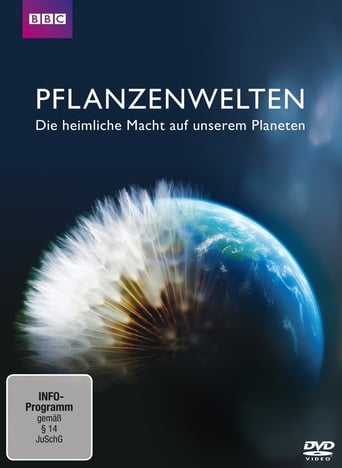
How to Grow a Planet
Geologist Iain Stewart explain in three stages of natural history the crucial interaction of our very planet's physiology and its unique wildlife. Biological evolution is largely driven bu adaptation to conditions such as climate, soil and irrigation, but biotopes were also shaped by wildlife changing earth's surface and climate significantly, even disregarding human activity.

Dark Matter
The six-person crew of a derelict spaceship awakens from stasis in the farthest reaches of space. Their memories wiped clean, they have no recollection of who they are or how they got on board. The only clue to their identities is a cargo bay full of weaponry and a destination: a remote mining colony that is about to become a war zone. With no idea whose side they are on, they face a deadly decision. Will these amnesiacs turn their backs on history, or will their pasts catch up with them?
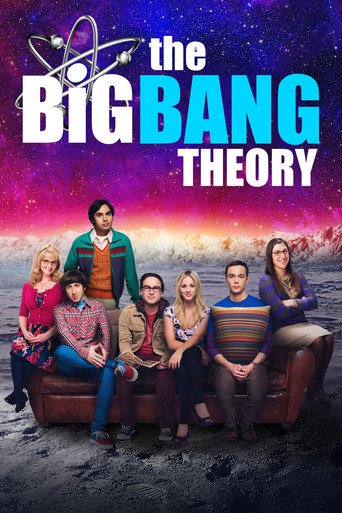
Max
The Big Bang Theory
Physicists Leonard and Sheldon find their nerd-centric social circle with pals Howard and Raj expanding when aspiring actress Penny moves in next door.
Top Streaming TV Show
#1

Grey's Anatomy
March. 27,2005
7.6
#2
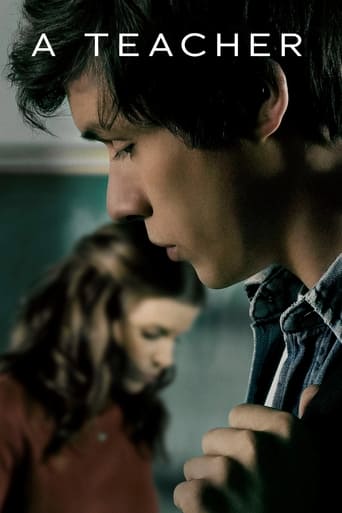
A Teacher
November. 10,2020
6.9
#3
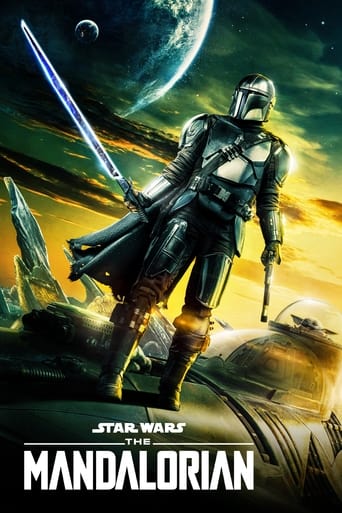
The Mandalorian
November. 12,2019
8.7
#4

Station 19
March. 22,2018
7
#5

Game of Thrones
April. 17,2011
9.2
#6
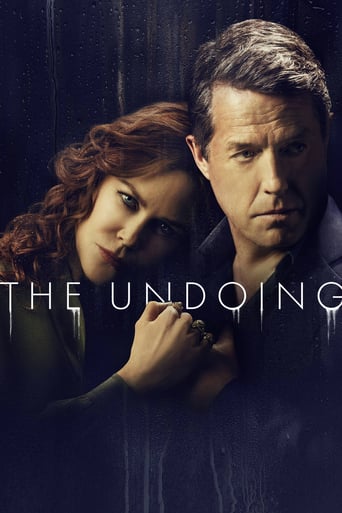
The Undoing
October. 25,2020
7.4
#7
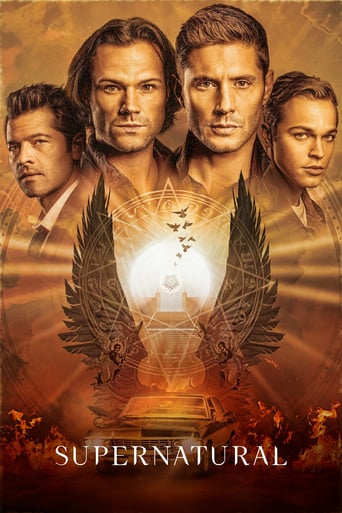
Supernatural
September. 13,2005
8.4
#8
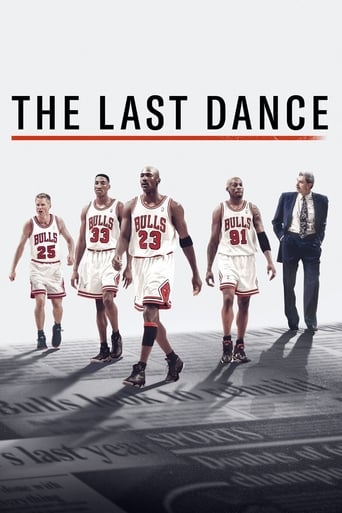
The Last Dance
April. 19,2020
9.1
#9

Euphoria
June. 16,2019
8.3
#10
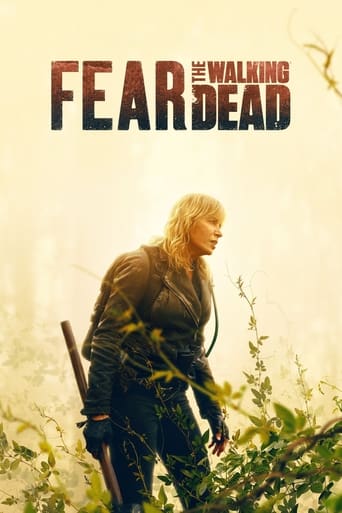
Fear the Walking Dead
August. 23,2015
6.8

